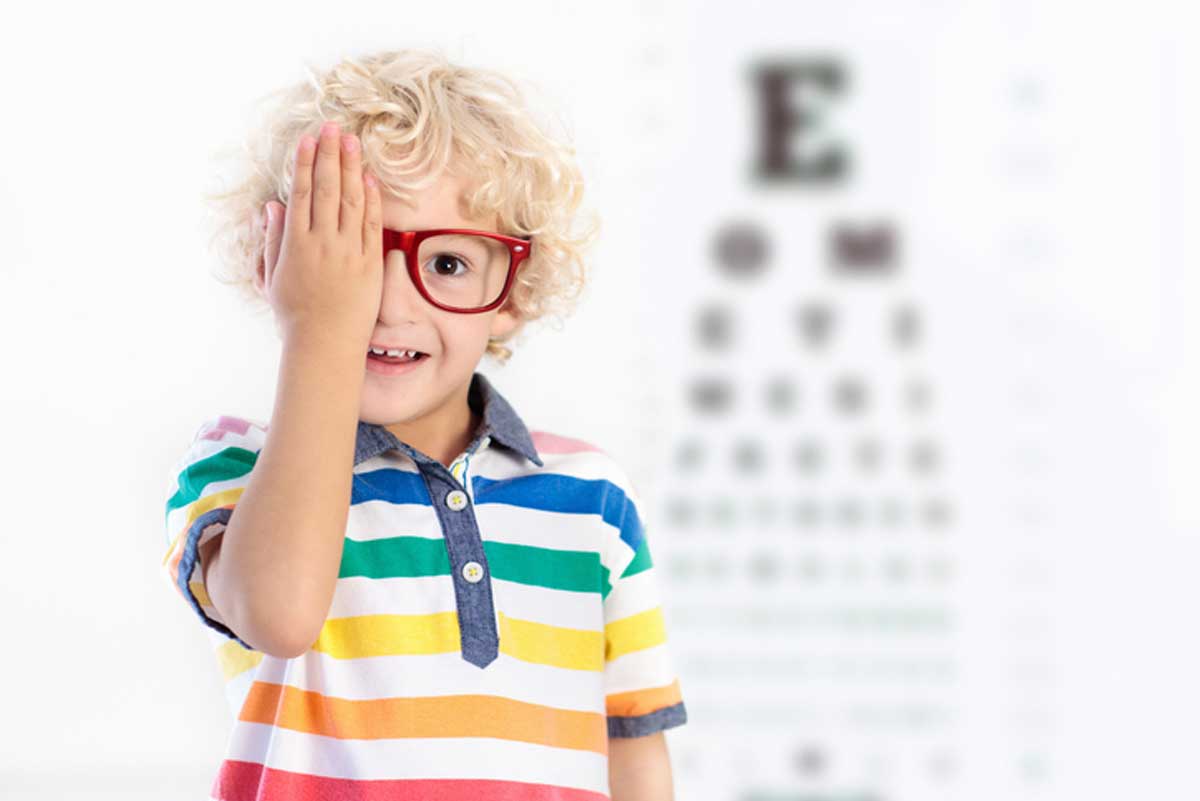 |
| Children born preterm have a greater risk for refractive error or strabismus and should be regularly monitored by an eyecare provider. Photo: Getty Images. |
To better understand the prevalence of visual-sensory and oculomotor impairments among children born preterm, researchers analyzed data from a population-based cohort study. They observed a high prevalence of refractive errors and strabismus at age 5.5 among children born very and moderately preterm, according to findings recently presented during the 2022 ARVO meeting in Denver.
Of 4,441 children in the dataset, the researchers clinically assessed 2,718. They included a sample of 592 term-born children as a reference group. The data revealed refractive errors in 43.1%, 35.2% and 28.4% of children born at 24-26, 27-31 and 32-34 weeks, respectively. Strabismus was reported in 19.5%, 14.8% and 8.3%, respectively. In children born at term, the prevalence of refractive errors and strabismus was 24.1% and 2.8%, respectively.
Gestation period | 24-26 weeks | 27-31 weeks | 32-34 weeks | Full term |
Refractive error | 43.1% | 35.2% | 28.4% | 24.1% |
Strabismus | 19.5% | 14.8% | 8.3% | 2.8% |
10/10 binocular VA | 28.6% | 35.1% | 36% | 59.7% |
The study authors also reported severe/moderate visual deficiencies in 1.7% of those born at 24-26 weeks and in less than 1% for the other groups. They measured a 10/10 binocular visual acuity for 28.6%, 35.1% and 36% of patients born at 24-26, 27-31 and 32-34 weeks, respectively. In comparison, this was measured in 59.7% of the reference group. Additionally, the study showed that the presence of cerebral palsy at 5.5 years old had a strong association with visual deficiencies and suboptimal visual acuity compared with retinopathy of prematurity during the neonatal period.
“We report in a large cohort of preterm-born children high prevalence of refractive errors and strabismus even in children born very and moderately preterm supporting a specific attention for these children,” the study authors concluded. “Low prevalence of 10/10 visual acuity, even with glasses, at the age of reading and writing acquisitions could represent an additional challenge.”
Original abstract content © Association for Research in Vision and Ophthalmology 2022.
Chapron T, Pierrat V, Caputo G, et al. Preterm birth and ophthalmological impairments at 51/2 years: EPIPAGE-2 cohort study. ARVO 2022 annual meeting. |

